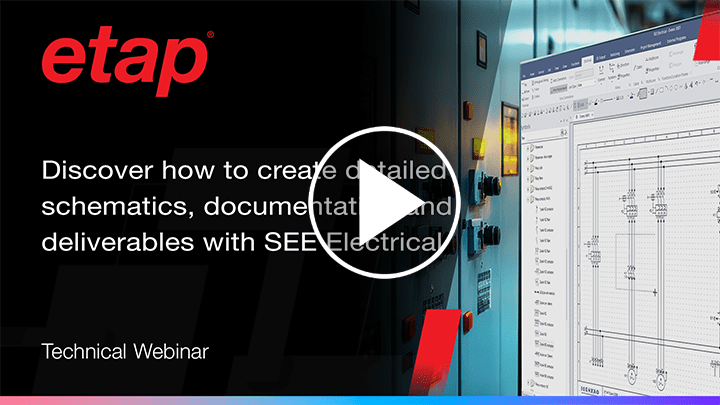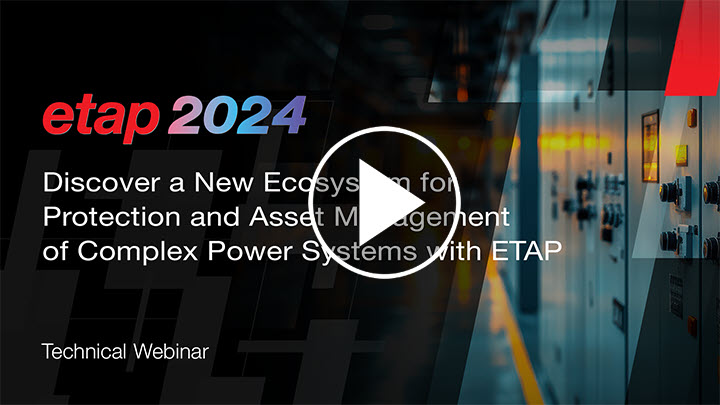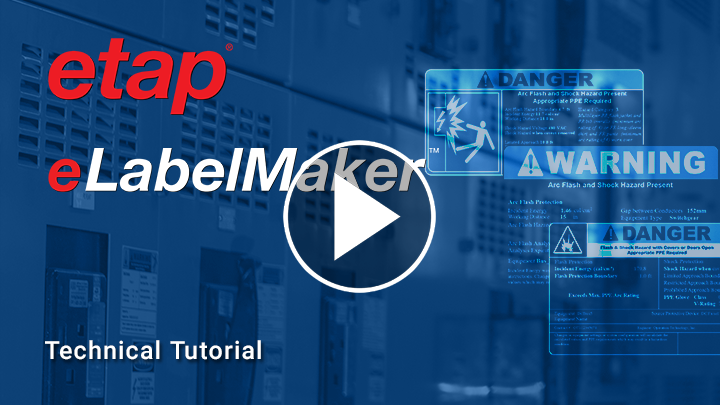268 Item(s) found

Phase to Phase Fault Debacle: Fault Lasted 1.7s/108 Cycles. Protection Studies are quite Challenging
- 15:35
- Case Study
How a failure, to properly perform protection studies, led to a significant substation safety incident and outage. Understanding minimum and maximum fault current values are critical in this case study... . The shortcomings led to a fault not being removed fast enough. Short circuit impedances are very valuable, it is critical to have the right cables and impedances of the equipment. An excellent learning from this case study is that line to line arc flash fault exists much longer at medium voltage level. In low voltage we do not see those type of line-to-line arc flash faults because line to line arc flash fault will rapidly turn into a three-phase fault. The arc flash calculator is a great tool to estimate incident energy. The arc flash calculator shows both methods: below 15 kv we can use IEEE 1584-2018 to calculate incident energy at 15 Kv, and above our fault calculated method can calculate calories exposure during the fault. Show more >

High-Voltage Arc Flash for Overhead Conductor Systems
- 22:38
- Case Study
Arc flash analysis extends well beyond the scope of IEEE 1584 and NFPA 70E methodology for transmission, distribution and renewable energy systems. For many years, the industry has been lacking an “all-in-one” solution for performing arc flash analysis on DC, LV, MV and HV AC systems... . ETAP ArcFault™ provides a validated method for performing arc fault simulations in T&D open-air overhead conductor systems plus it provides two methods to determine the incident energy for arc-flash in 3-phase enclosed equipment for 15 to 38 kV renewable energy collector systems. This presentation explains the background and methods for arc fault simulations and explains how ETAP ArcFault helps utilities comply with OSHA requirements to perform arc-flash analysis for systems voltage above 1.0 kV. Show more >

Methods for Evaluating DC Arc Incident Energy in PV Systems
- 25:43
- Case Study
Renewable energy systems continue to be one of the fastest growing segments of the energy industry. This presentation focuses on the understanding of how photovoltaic (PV) technology behaves under dc arc conditions... . A comparative analysis of the arc flash incident energy calculation method developed in collaboration between National Renewable Energy Laboratory (NREL) and ETAP details the effect of PV module I-V and P-V curves under arcing conditions. Examples of the application of the proposed calculation method to the test measurements are included. Show more >

T&D Network Analysis & Planning Solutions - Session Intro
- 9:32
- Case Study

ETAP Intelligent Distribution Load Shedding - iDLS - Solution Demonstration
- 29:25
- Webinar
The ETAP iDLS solution leverages advanced technologies such as artificial intelligence and machine learning to provide accurate predictions of load demand and provide real-time operational insights to help grid operators make informed decisions. Additionally, iDLS integrates with existing grid infrastructure and control systems, making it easy to deploy and integrate into existing power systems. By providing a centralized load management solution, iDLS helps ensure grid stability and continuity of power supply, while minimizing the impact on connected customers and preventing blackouts and unplanned outages.
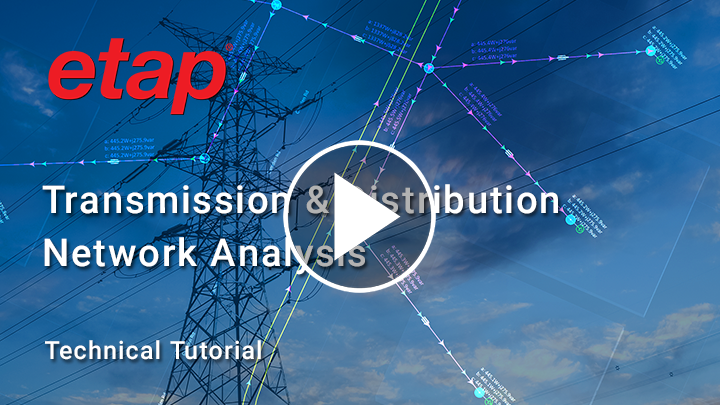
How to perform Transmission & Distribution Network Analysis with ETAP Solutions
Learn how utility engineers use ETAP’s transmission & distribution system analysis and optimization solutions to optimize capacity planning and improve reliability and safety using schematic or geospatial views. ETAP Grid™ transmission system software integrates transmission network planning with detailed substation models, network topology processing, transmission system analysis, electric SCADA and real-time transmission network energy management system. For integrated distribution network analysis, system planning and operations solution it offers a progressive geospatial platform for simulating, analyzing, operating and optimizing the performance of Utility Smart Grids.

Distribution Network Analysis
- 19:22
- Case Study
Alpine Energy Case Study – Building a model for today and the uncertain tomorrow. To maximize the benefit from our ETAP models, we developed a system that makes use of the available features to provide structure to our system models, and allow flexibility to deal with future model expansion and changes. The foundation to achieving this objective was the establishment of a naming convention and model structure that would enable the loading of models and data handling processes to be done with ease. Further enhancing our use of ETAP, we make use of templates and color coding linked to the themes to match the real world network in the modelling world. Lastly, the library was built from scratch and has now matured to a stage where new data is phased in and updated during the validation of models. Following our investment in building our models, in order to maximize the benefit from our ETAP, we developed rigorous processes to ensure accuracy and consistency in building models and managing data. Once data is updated, we utilize ETAP to run Load Flow, Fault Level and Protection Coordination studies and rely on ETAP multi-dimensional database capabilities to set financial years, switching configurations and add new proposed loads to the relevant configuration year. Combining the above features and processes, we have established a disciplined and rigorous Network Development Planning process using ETAP. This has enabled us to plan for the future in an efficient and effective manner. Our ETAP models are benchmarked against actual power system conditions by collecting historical demand data (voltages and currents) from smart meters at customer level, power quality measurement devices at distribution transformers, protection relays at substations, and our SCADA system. But this is not the end, we have developed a future roadmap for our ETAP models with plans to fully integrate with our geospatial information system and our supervisory control and data acquisition (SCADA) environment, to utilize protection coordination, and build smart scenario wizards to do the hard work for us.

Learn about ETAP Advanced Distribution Management System - ADMS - Solution Demonstration
Discover ETAP ADMS™, a combined planning and operation solution to manage, control, visualize, and optimize electrical power distribution networks comprising of: Geospatial Information System (GIS) Electrical Supervisory Control & Data Acquisition (SCADA) Distribution Management System (DMS) Distribution Network Applications (DNA) Outage Management System (OMS) Advanced Distribution Management System must offer flexible solutions to address the core requirement of the new digital grid to provide resiliency and reliability to the network while having the scalability to intelligently and proactively assess the outcome of the operations and contribute to the new requirements to minimize network cost and improve asset optimization. ETAP ADMS offers such an intelligent and robust decision support platform based on a unified Digital Twin of the electrical network with a collection of Geospatial-based distribution network applications integrated with mission-critical operational solutions to manage reliably and securely, control, visualize, and optimize small to vast distribution networks and smart grids.

ETAP GTDMS - New Frontiers in Digital Transformation for a Sustainable Future
Learn how utility engineers use ETAP’s transmission & distribution system analysis and optimization solutions to optimize capacity planning and improve reliability and safety using schematic or geospatial views. ETAP Grid™ transmission system software integrates transmission network planning with detailed substation models, network topology processing, transmission system analysis, electric SCADA and real-time transmission network energy management system. For integrated distribution network analysis, system planning and operations solution it offers a progressive geospatial platform for simulating, analyzing, operating and optimizing the performance of Utility Smart Grids.
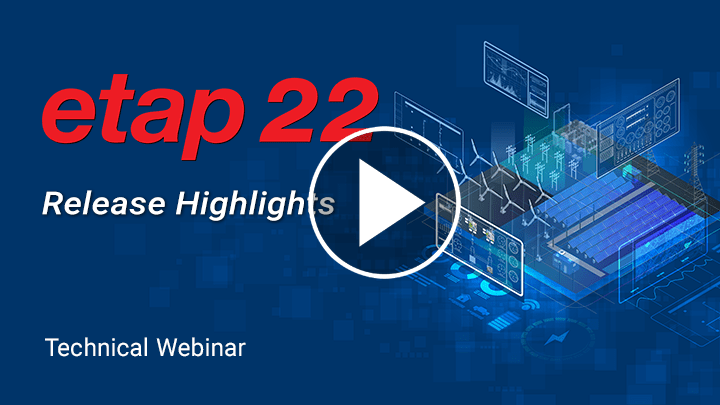
ETAP 22 - Release Highlights - Sustainability through Continuous Intelligence
ETAP 22 is released and available for download! The Electrical Digital Twin solution helps you design, operate, and automate safe, reliable, resilient, and compliant power systems - even more efficiently & collaboratively than before, on a single platform, facilitating fully integrated lifecycle digitization.
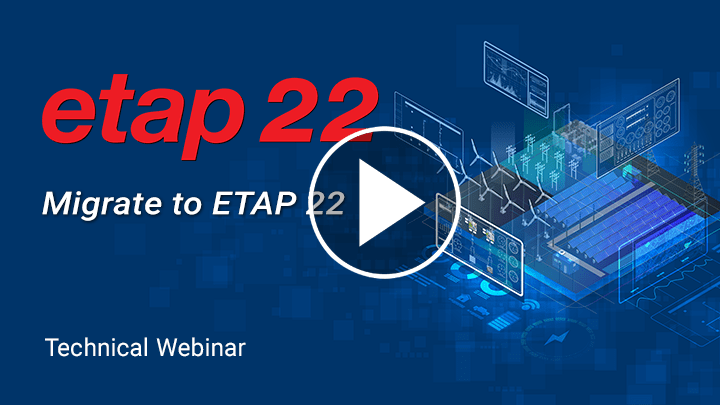
How to Easily Migrate from Legacy Software Projects to ETAP
In this webinar, we demonstrated how easy it is to convert to ETAP 22 from various legacy software applications using the most advanced built-in data conversation tool. We also explored many of the new features & capabilities in ETAP 22 and revealed tips and tricks for the best ETAP experience.
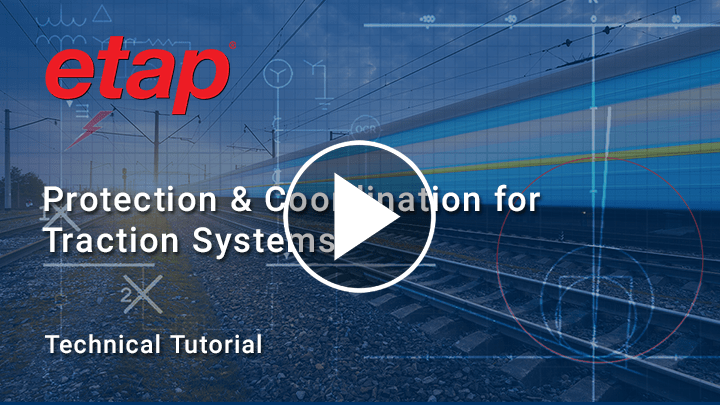
How to perform protection & coordination studies for traction systems with ETAP's StarZ module
ETAP Train Power Simulation - eTraX™ software includes validated, user-friendly and flexible software tools for designing, analyzing and managing AC and DC railway infrastructure. Learn how eTraX integrates with ETAP protection & coordination software (StarZ) to offer insights into line protection, protective relay performance & evaluation, troubleshooting false trips, and system-wide protective device operation.
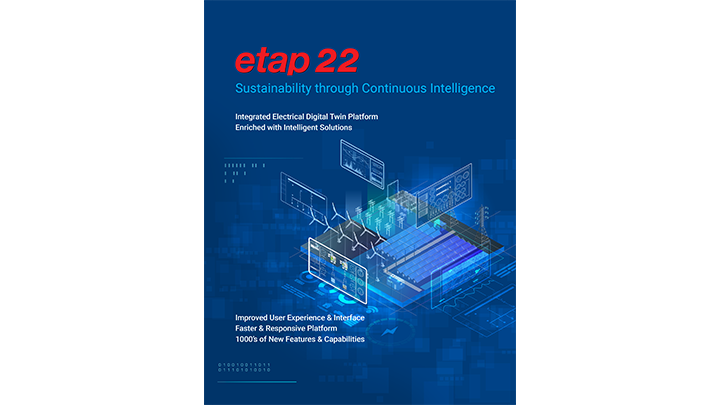
ETAP 22 New Features brochure
ETAP 22 offers an impressive new set of integrated power analysis modules, electrical dimensioning capabilities, automation, and operations solutions.
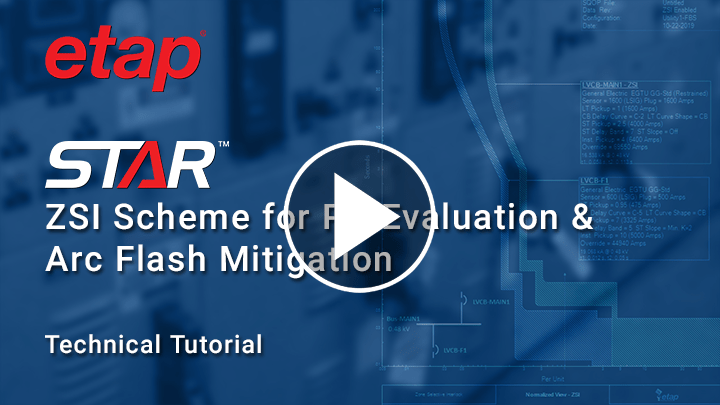
ZSI Scheme for Protective Device Evaluation & Arc Flash Mitigation Technique using ETAP
- 42:28
- Webinar
ZSI (Zone Selective Interlock) Scheme has been developed about 40 years ago and since then, the application has expanded from Protection to Arc Flash Hazard Mitigation and even Coordination or Selectivity.
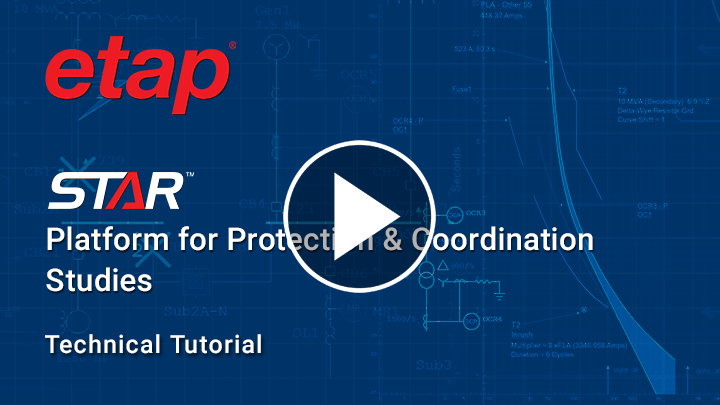
- 49:17
- Webinar
ETAP Star™ is an easy-to-use, interactive, and powerful platform for overcurrent protection and coordination studies. Supported with 100+ thousands of verified and validated protective device and equipment library models from manufacturers across the world, simulation and analysis of any network are at your fingertips. Learn about the intuitive and efficient approach for the creation of Time-Current Characteristic Curves and the program’s artificial intelligence (AI) for protection and coordination or selectivity analysis.
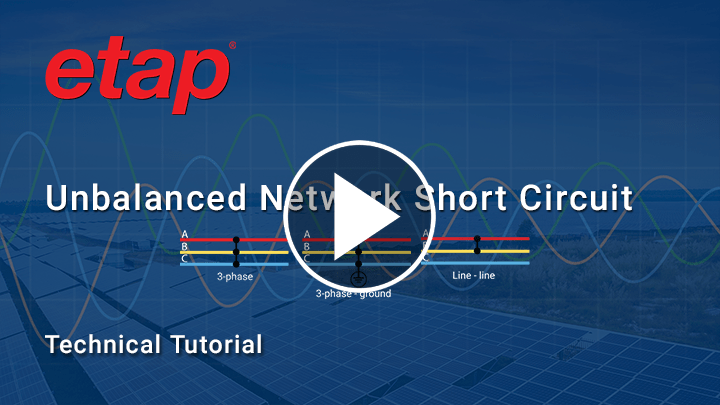
- 34:26
- Webinar
In this webinar, we introduce ETAP Unbalanced Network Short Circuit Analysis and demonstrate how to evaluate the impact of shunt and sliding faults on balanced and unbalanced networks: *Device Duty Evaluation for multi-phase, single-phase, AC & DC systems * Run and evaluate all fault types in one study * Shunt, series, and simultaneous faults * Simulate protective device responses to fault currents and configuration changes Unbalanced Network Short Circuit Standards: * ANSI C37.10 for AC systems * IEC 60909 for AC systems * IEC 61660 for DC systems
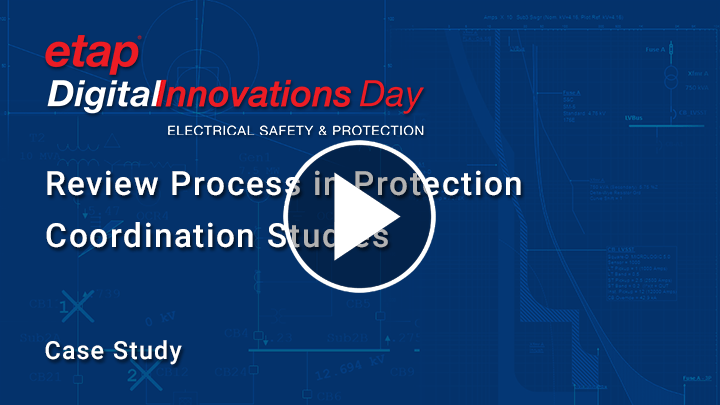
Review Process in Protection Coordination Studies
- 22:25
- Case Study
A practical example of an internal review of a protection coordination study, including the definition of protective device settings & characteristics.
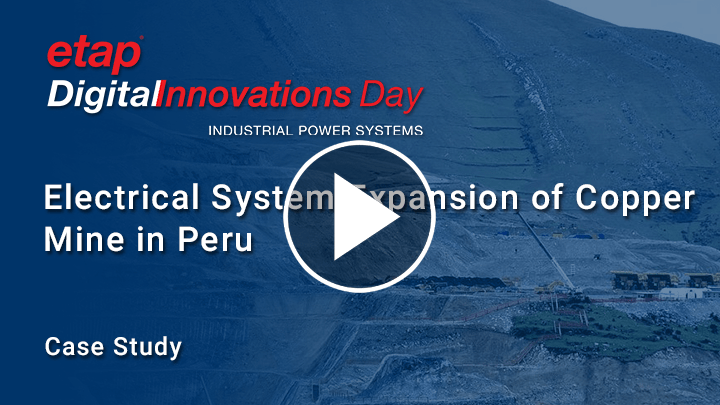
Protection Coordination at Panama Mina de Cobre
- 15:50
- Case Study
Design and commission of a green-site power system including protection coordination for the entire site and implementation of IEC61850 communications, inter-tripping, inter-locking and protection blocking schemes.
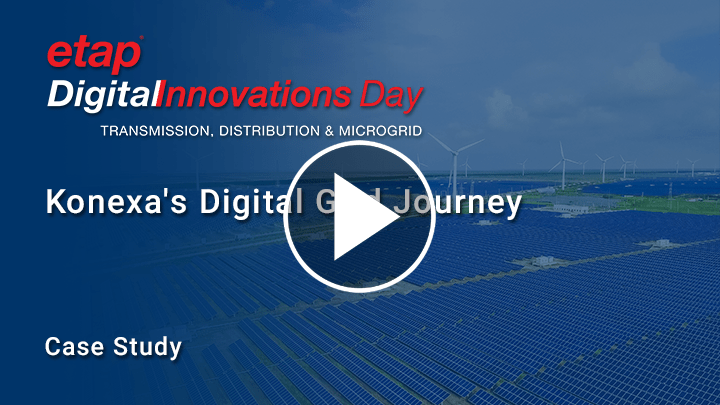
Konexa's Digital Grid Journey
- 14:27
- Case Study
Konexa rolling out its integrated distribution model with multiple DISCOs across Nigeria. In its sub-concession area, Konexa will develop embedded generation capacity (solar PV), and invest in the distribution network (medium voltage line, distribution transformers, injection substations) and last mile reticulation (low voltage lines, smart metering infrastructure). In addition, Konexa will invest in and implement IT & OT systems and processes to drive operational efficiency and significantly reduce ATC&C losses. The first phase of the project would serve about 7,000 customers (C&I and residentials).


